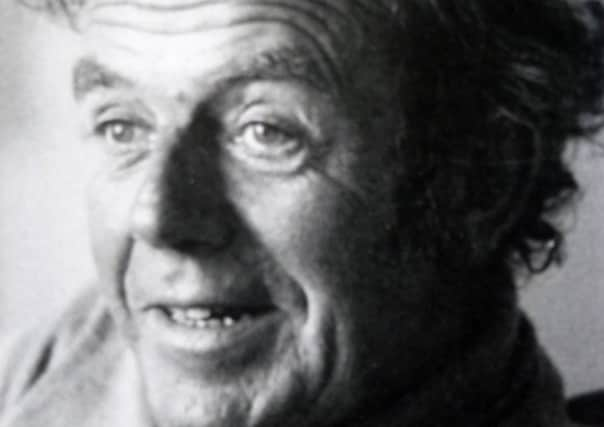Obituary: Brian Sissons, earth scientist who contributed hugely to understanding of Scottish landscape


Brian Sissons was one of the foremost earth scientists of his time, and made major contributions to our understanding of the Scottish physical landscape. He was born in Batley, Yorkshire, on 23 June 1926 and educated at Batley Grammar School. Brian served in the Royal Navy from 1944-1947, mainly in the Far East. He entered St Catherine’s College, Cambridge, in 1947, and gained a First Class Honours degree in Geography in 1950, after which he was awarded a PhD in 1953. Brian was appointed to a lectureship at Edinburgh University in that year, later becoming Reader.
He remained in Scotland for the rest of his life, living in Morningside, with his wife, Betty, and children Jane and Andrew. Many former undergraduates at the geography Department will remember his inspiring lectures on physical geography.
Advertisement
Hide AdAdvertisement
Hide AdBrian studied the results of changes in the Scottish landscape as it began to emerge from the grip of the last glaciers and ice caps some 20,000 years ago. In doing so, he revised existing theories and interpretations, and laid benchmarks for the study of the decay of the ice of that time world-wide.
He showed, for example, how rivers of meltwater, flowing from the ice, had cut channels in the landscape or laid down large areas of sands and gravels, notably in the Southern Uplands and the Borders, thus enabling the patterns of dwindling ice masses and the drainage associated with them to be accurately mapped and studied. He examined the evidence for changes in relative sea level around Scottish coasts, showing how the land had risen differentially according to the weight of the ice which had lain upon it, overturning conventional opinion that the land had risen by the same amount everywhere. In the process he found many different levels recording former shorelines. His measurements, with colleagues, of the elevations of former shorelines and determinations of their ages using radiocarbon dating and microfossil analyses, enabled rates of change in former sea levels to be estimated. These have proved relevant to present interest in the effects of global climate change, both in Scotland and elsewhere.
A particular contribution to knowledge which Brian made was his discovery of the limits of the last advance of ice in Scotland and northern England, the “Loch Lomond Readvance”, an event which took place between 12,900 and 11,700 years ago.
He painstakingly mapped evidence for the former glaciers across the Highlands. Arising from this work, he re-examined the “parallel roads” of Glen Roy, probably the most famous former glacier-dammed lake shorelines in the world. His most recent papers on Glen Roy, written at the age of 90, reflected a consuming interest in earth science well into old age.
A feature of Brian’s work was an almost obsessive attention to detail and accuracy. His detailed survey and borehole investigations enabled a better understanding for engineers of foundation conditions in the Grangemouth area.
The boreholes he made with his research students in the Forth valley were instrumental in revealing the first evidence for the great tsunami on Scottish coasts of 8,200 years ago, a discovery which later led to an increased interest in tsunamis even before the recent Indonesian and Japanese tsunamis.
Brian Sissons supervised more than 40 research students at Edinburgh, many of whom still work in the field he contributed so much to, thus ensuring that the approach he developed will continue to contribute to a greater understanding of the evolution of the Scottish landscape.
His work continues the great tradition of Scottish leadership in earth science, established by Murchison, Jamieson and the Geikie brothers. His books The Evolution of Scotland’s Scenery (Oliver and Boyd, 1967) and The Geomorphology of the British Isles: Scotland (Methuen, 1976) remain benchmarks in the field today. His research was recognised by the award of a DSc from the University of Edinburgh, the Clough Medal of the Edinburgh Geological Society, the Research Medal of the Royal Geographical Society, the Back Award of the Royal Geographical Society and an honorary membership of the Quaternary Research Association.
Advertisement
Hide AdAdvertisement
Hide AdBrian greatly enjoyed walking both in the course of his fieldwork and in the Lake District on holiday, as well as around Edinburgh. Students will recall the daunting pace he set in the field. At leisure, he played the organ, followed test matches with avid interest (especially when Yorkshire players were involved), and was a formidable opponent in Bridge and Scrabble.
He is survived by his daughter Jane and her family. His devoted wife of many years, Betty, died in 2003 and his son, Andrew, died in 2017.
Professor David Smith & Dr Marie Robinson